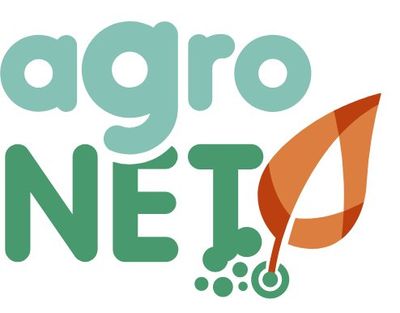

agroNET - Digital Farming Platform
agroNET – holistic farm management platform for improving crop production and animal breeding thus enabling transparency and traceability across the food supply chain
agroNET enables farmers to get the best out of their fields with minimal environmental impact:
Easy-to-use decision support instructions based on the real-time observations of the parameters of interest and digitized domain expertise enabling farmers to manage all steps of animal production.
- 24/7 monitoring of environmental parameters
- AI based wellness analytics
- Computer vision weight estimation
- Bio Security guidelines
- Tools for financial calculations
- Expert advices in problem solving
- Feed mixture optimization
1 agroNET
agroNET - cloud based platform acting as an interoperability hub for all farm operations providing decision support tools
2 fleetNET
Manages all fleet and asset information, optimising food distribution, transportation and logistics.
3 Product passport
Enables tracking complete product life cycle, improving food safety and quality and provides traceability and supply chain management.
agroNET includes a comprehensive range of sensors, robust data loggers with multiple communication options, data analytics and decision support modules, integrated farm dashboard, secure, scalable and reliable cloud environment.
Digital platform
IoT/ML platform acting as a farm data interoperability hub, enabling integrated view of all farm operations. It provides just-in-time guidance and support to farmers through different expert modules and data analytics services
Sensors and gateways
We combine a comprehensive range of sensors and robust data loggers with multiple communication options from multiple vendors to get the best cost/performance ratio. Integration with devices already installed at the fields is supported.
Support
Instructions and manuals, marketing collateral - all at your disposal. On – site and on – line support, training all and consultancy as well.
Contribute to UN SDG2, SDG13 and SDG15
- Optimized resource and inputs utilization
- Increased yields and crops quality
- Reduced pesticide usage
- Optimized animal production
- Optimized water usage
- Reduced carbon emissions, water savings and degradation of soil as natural resource
